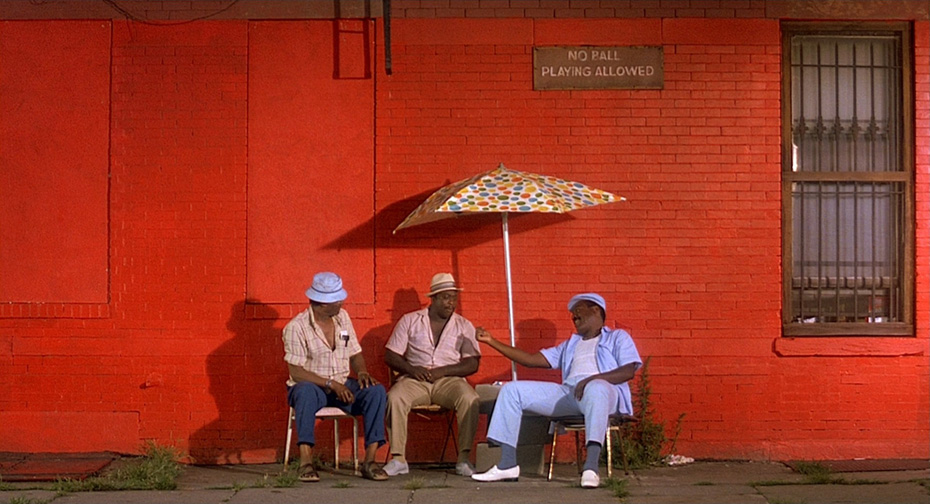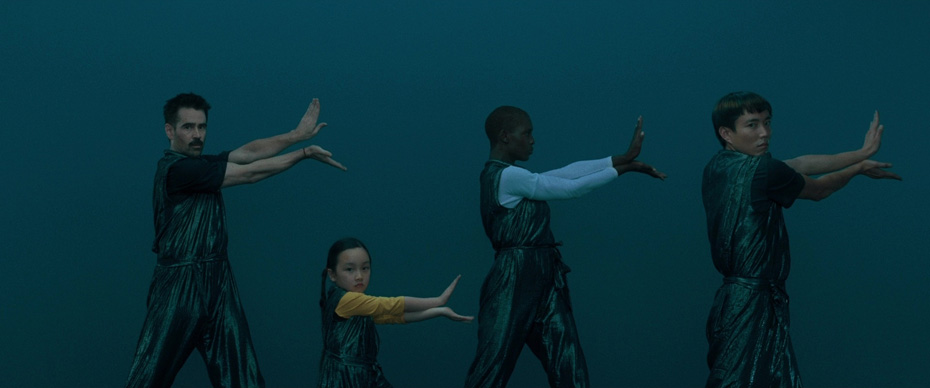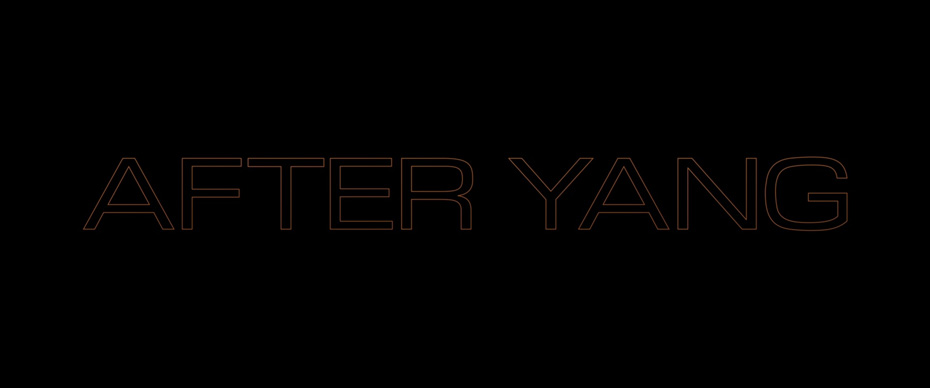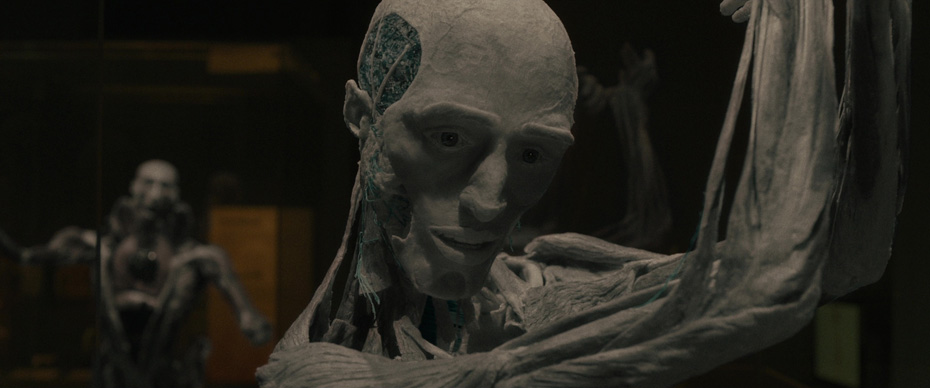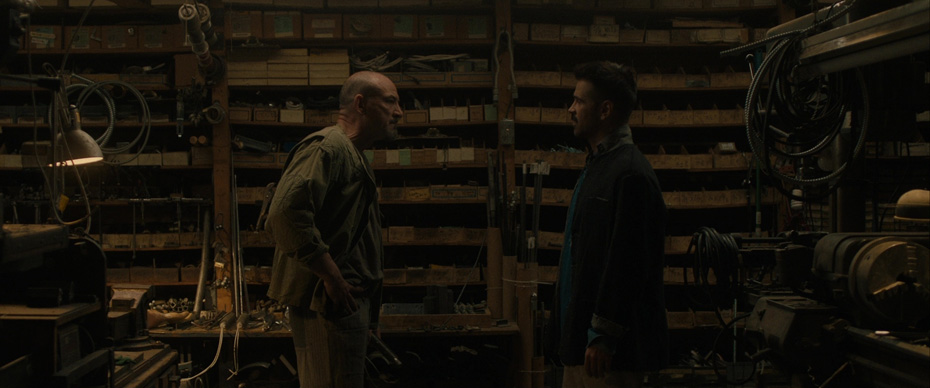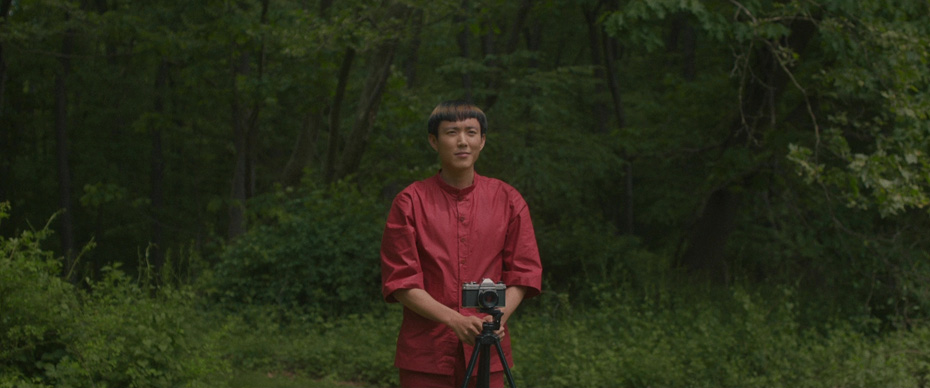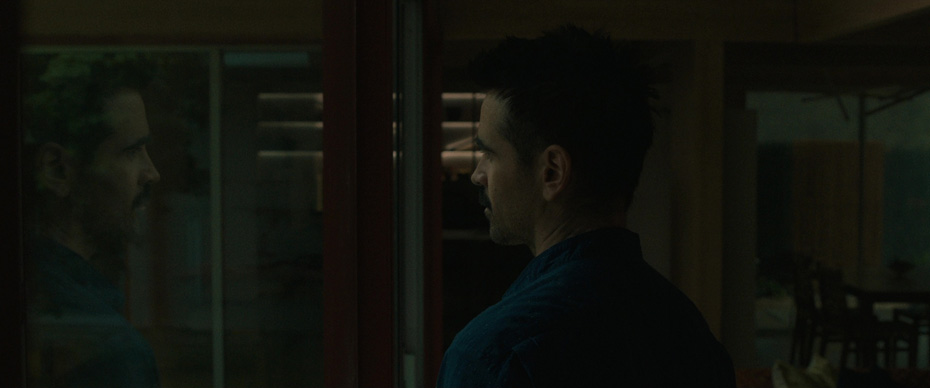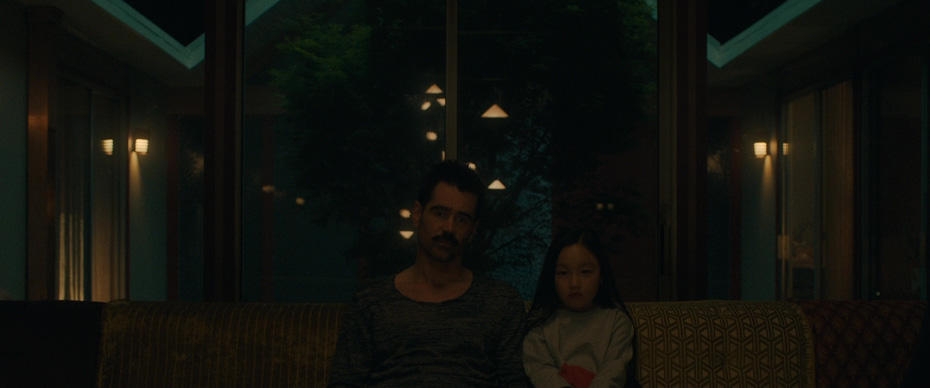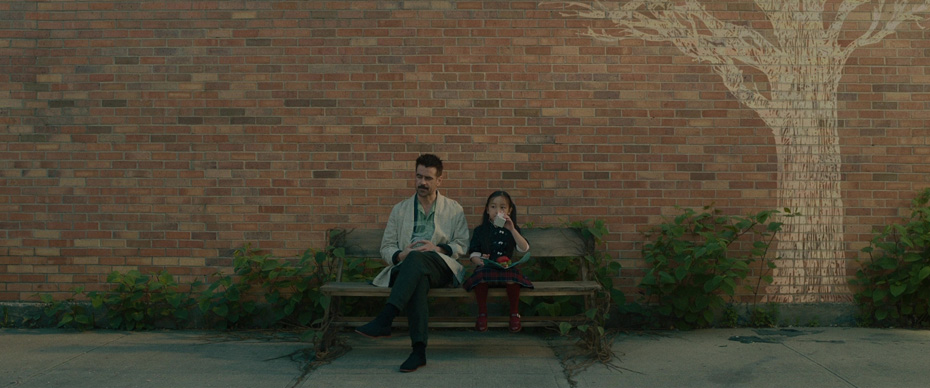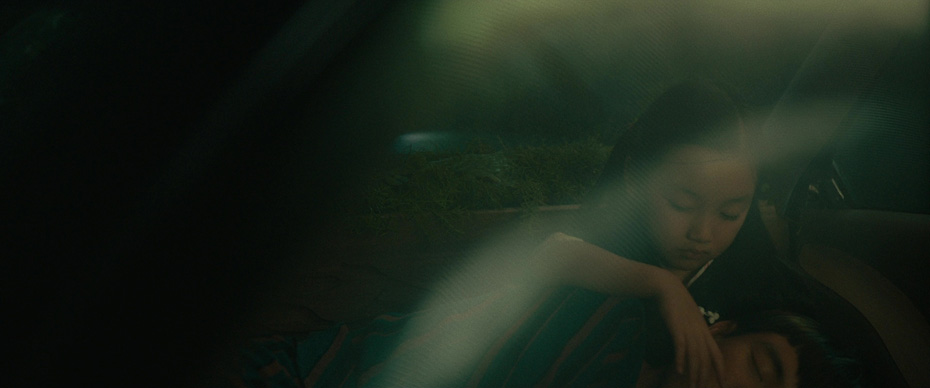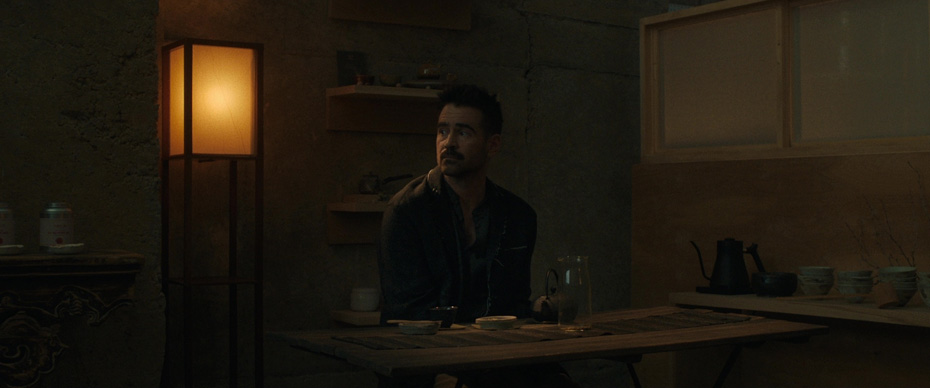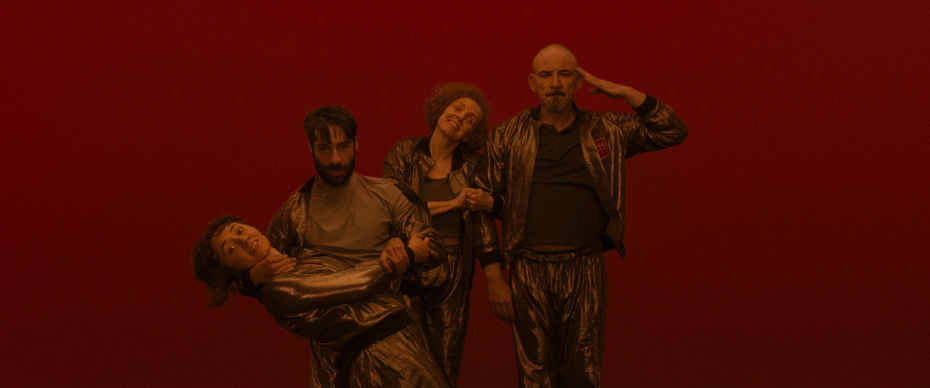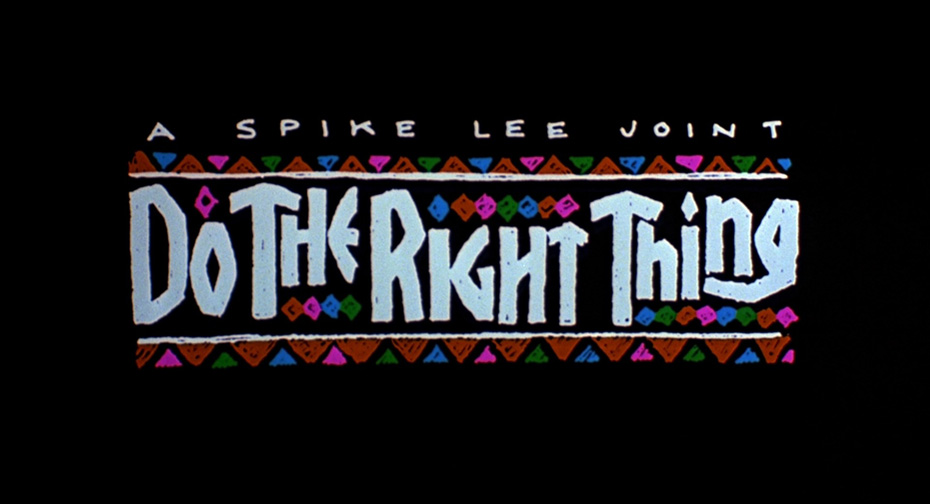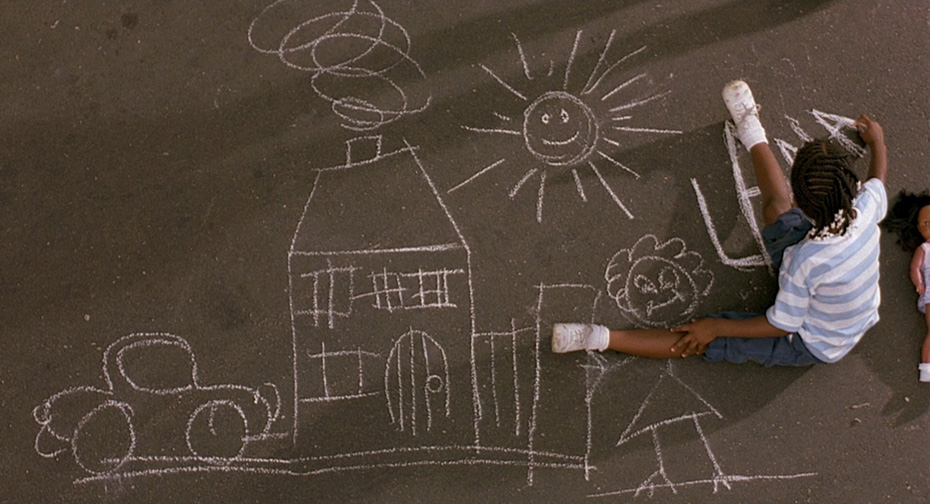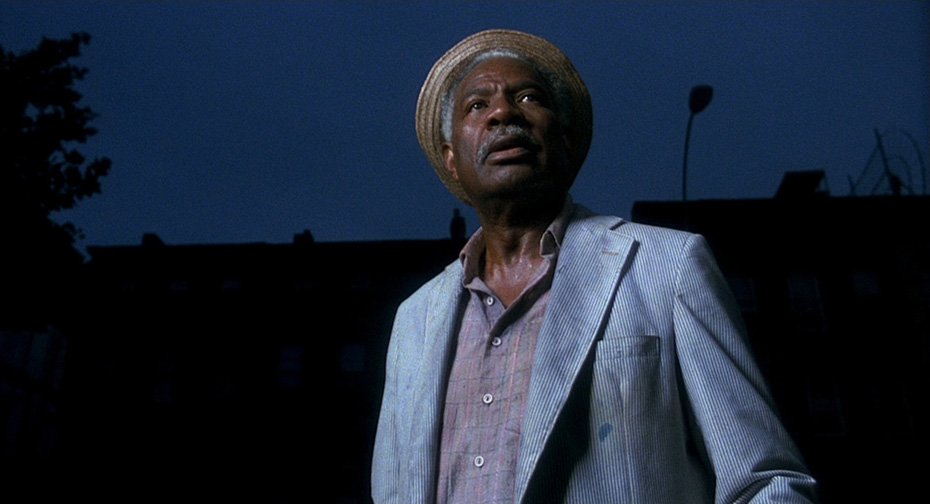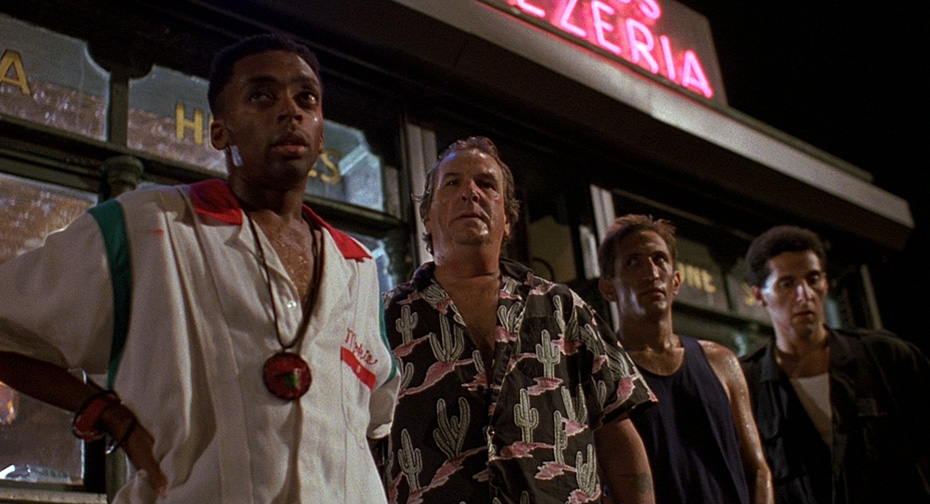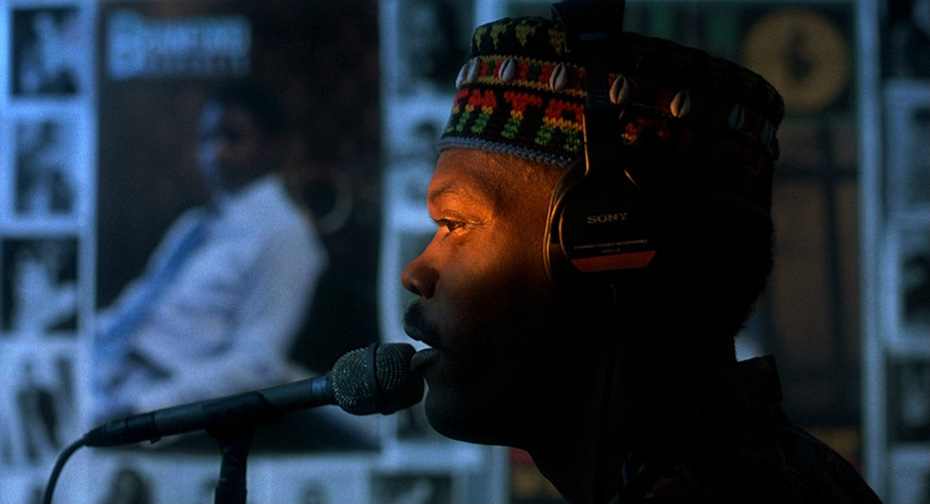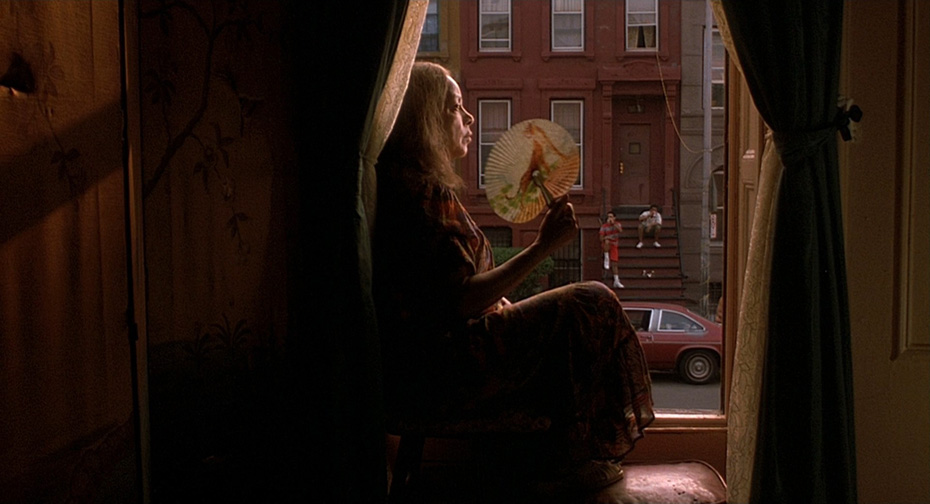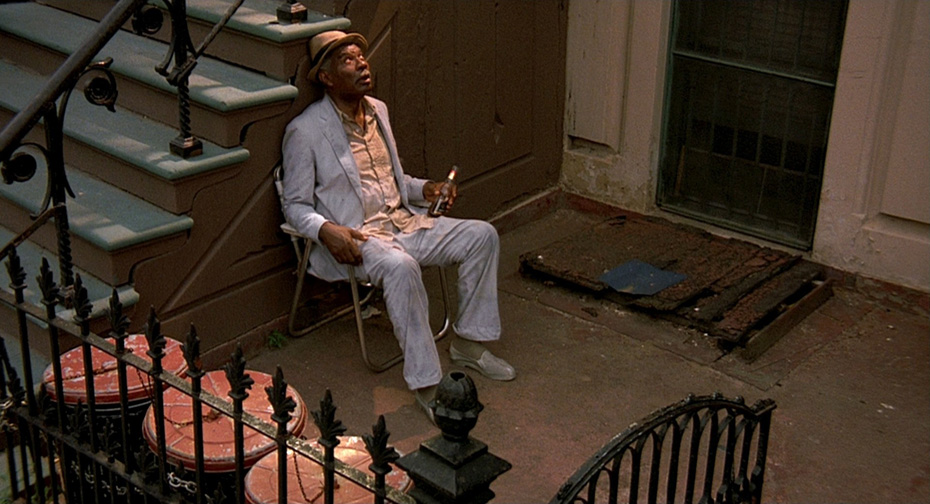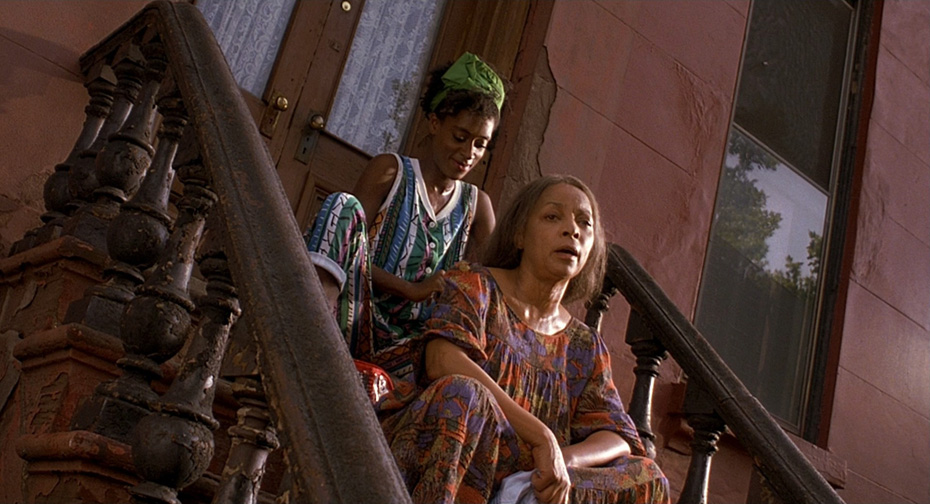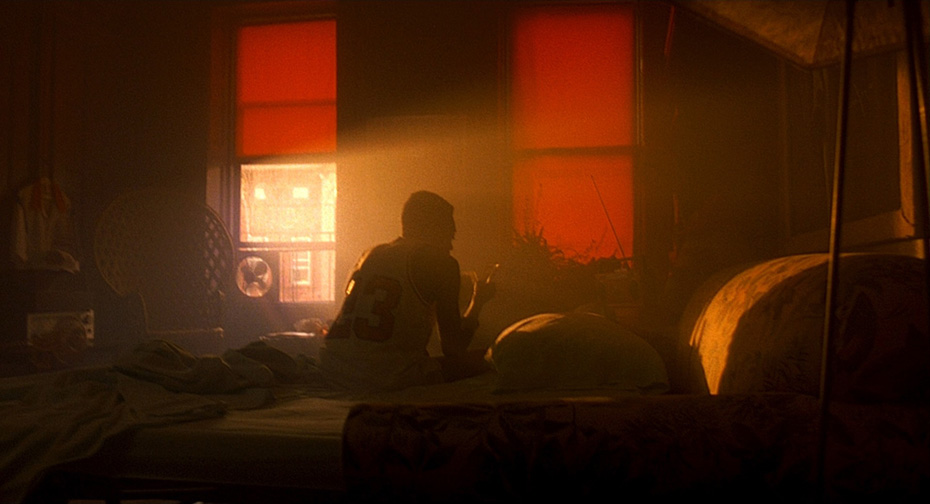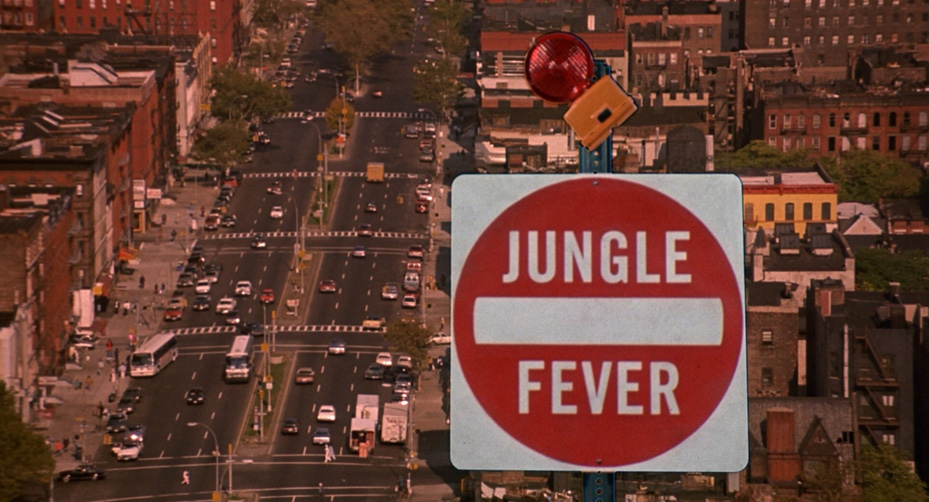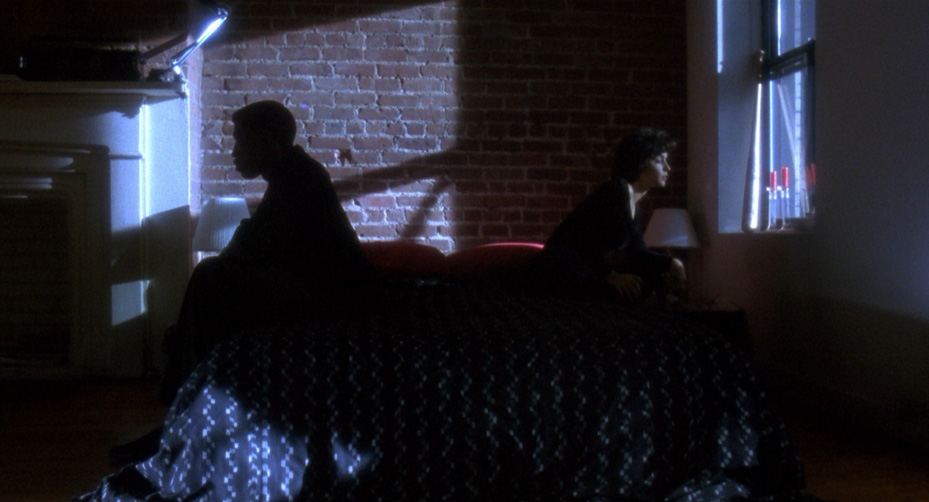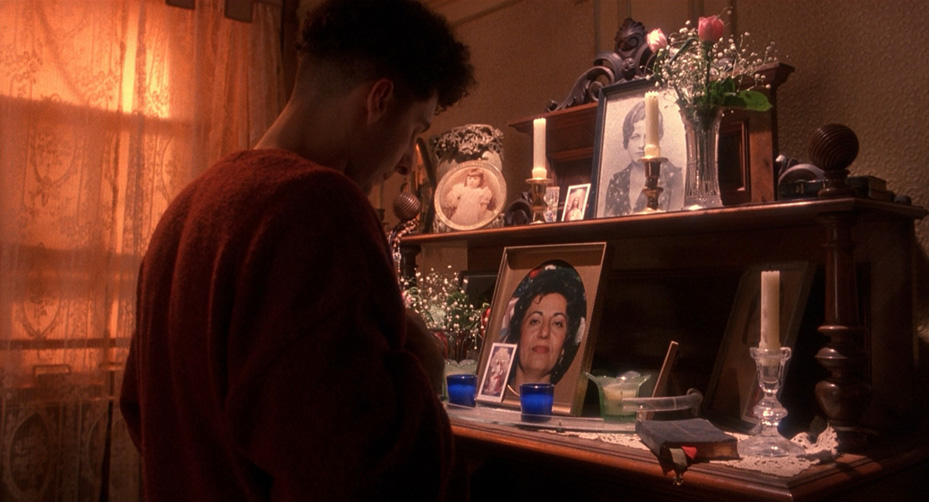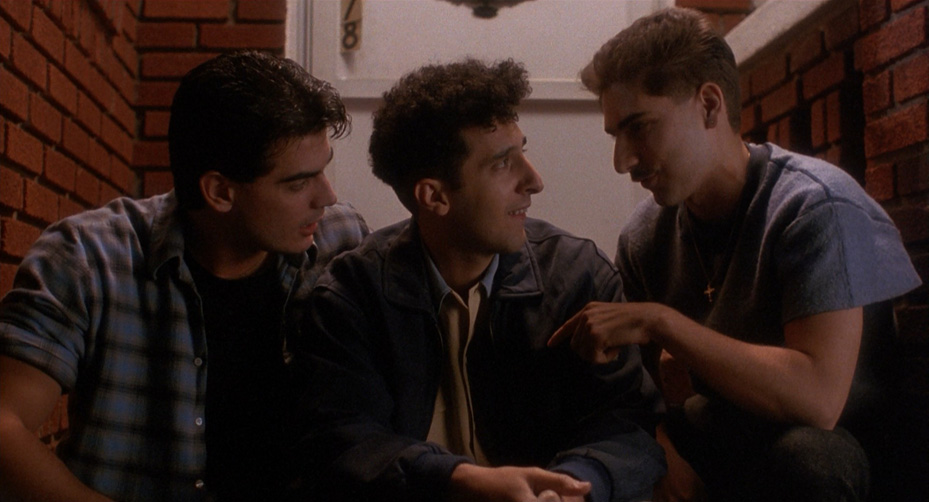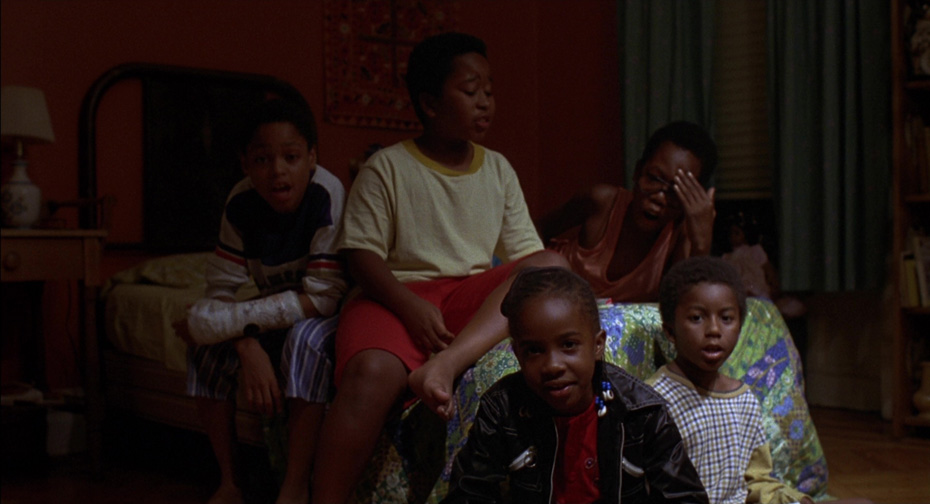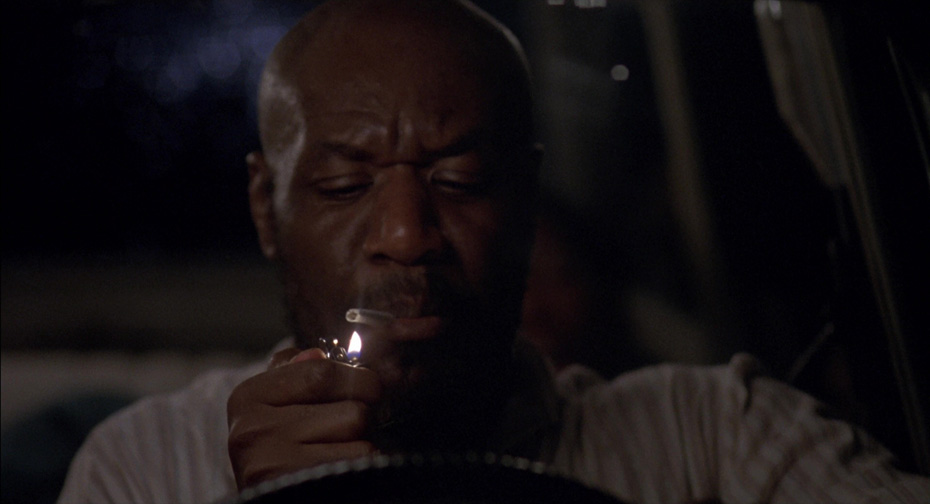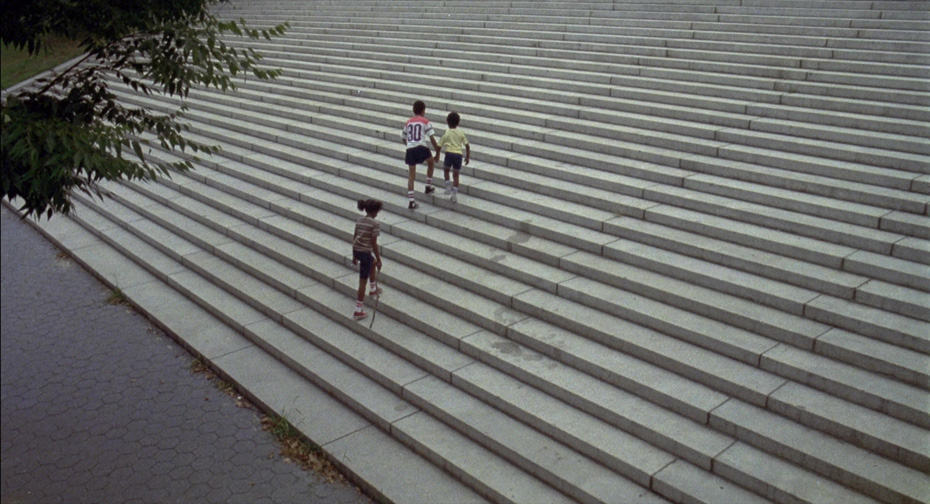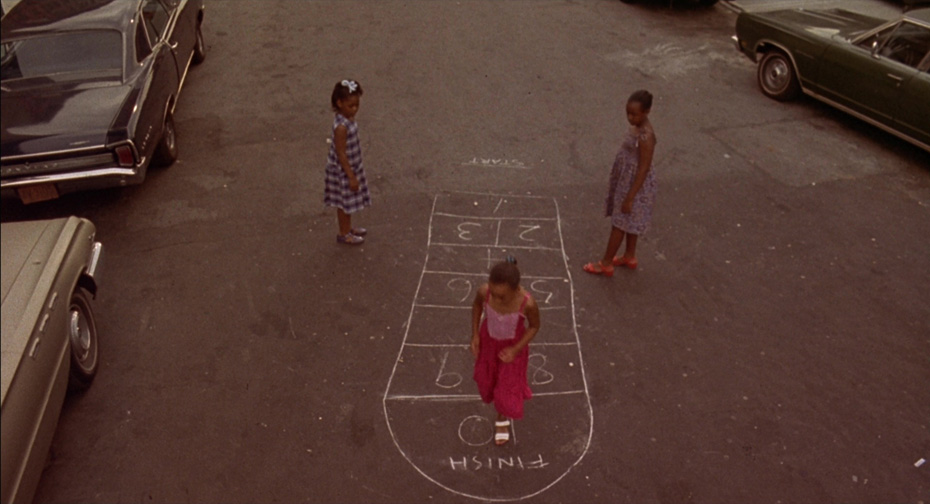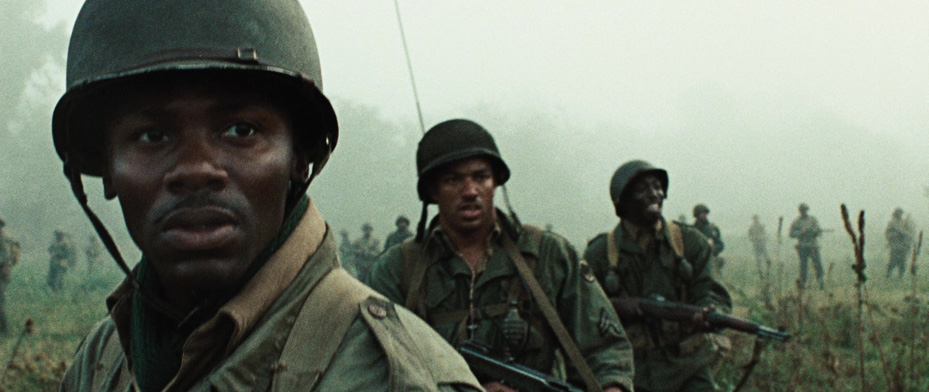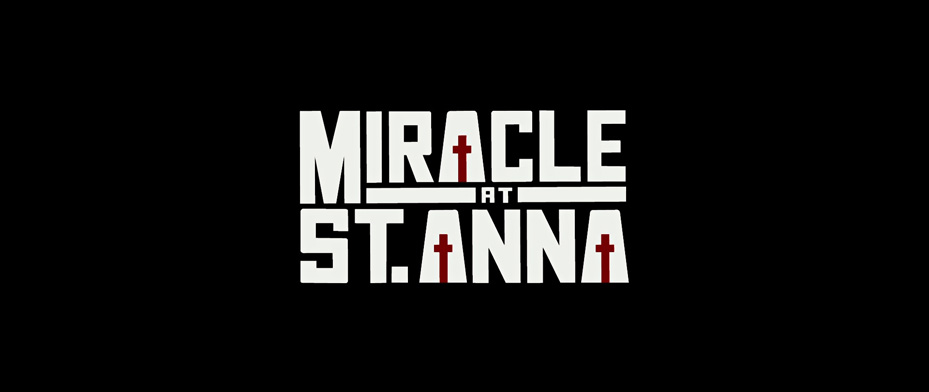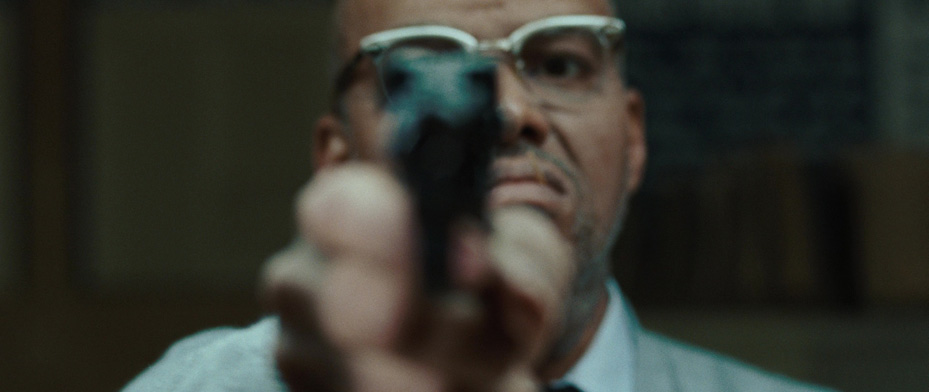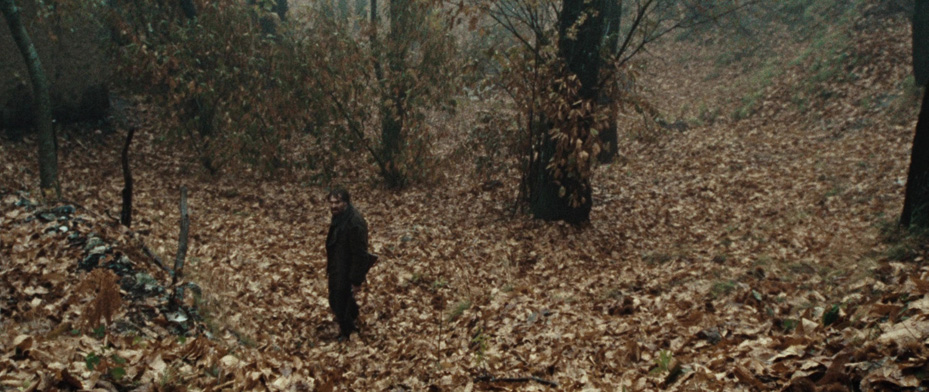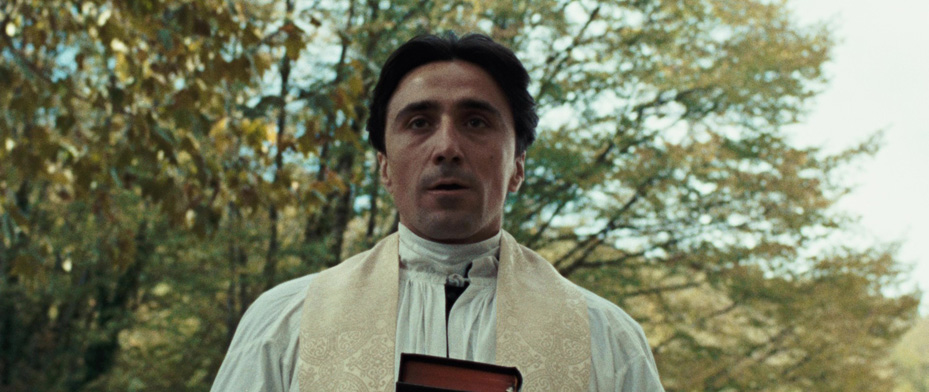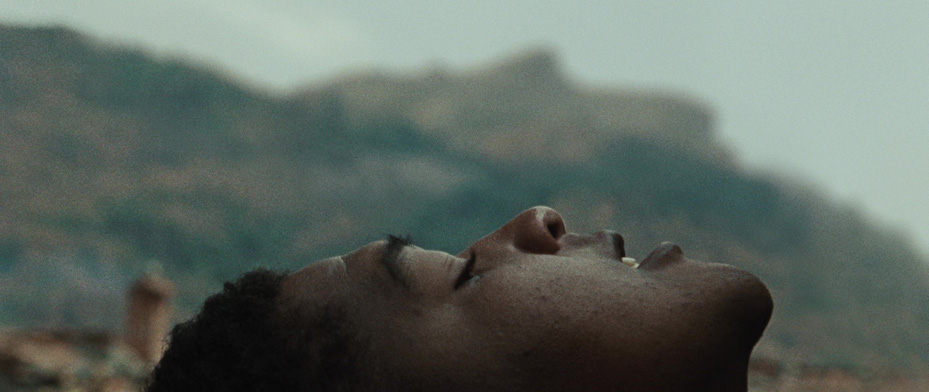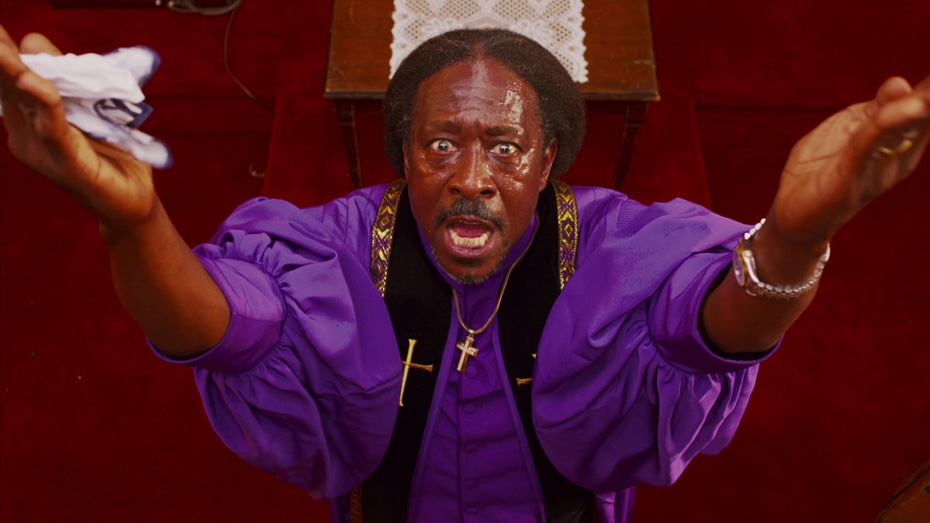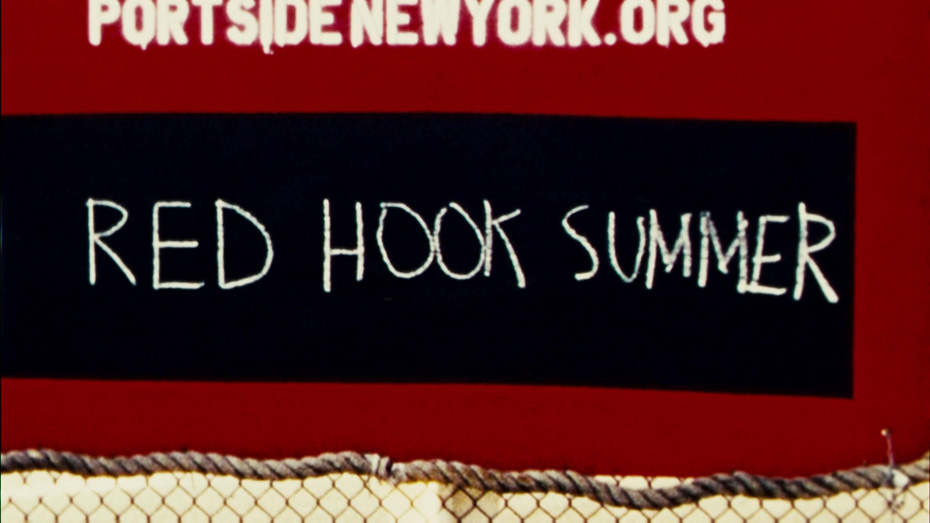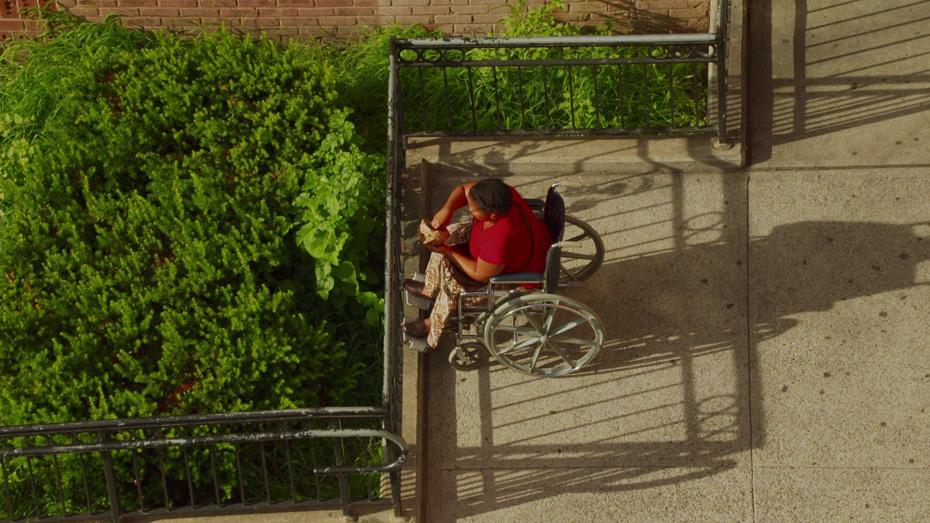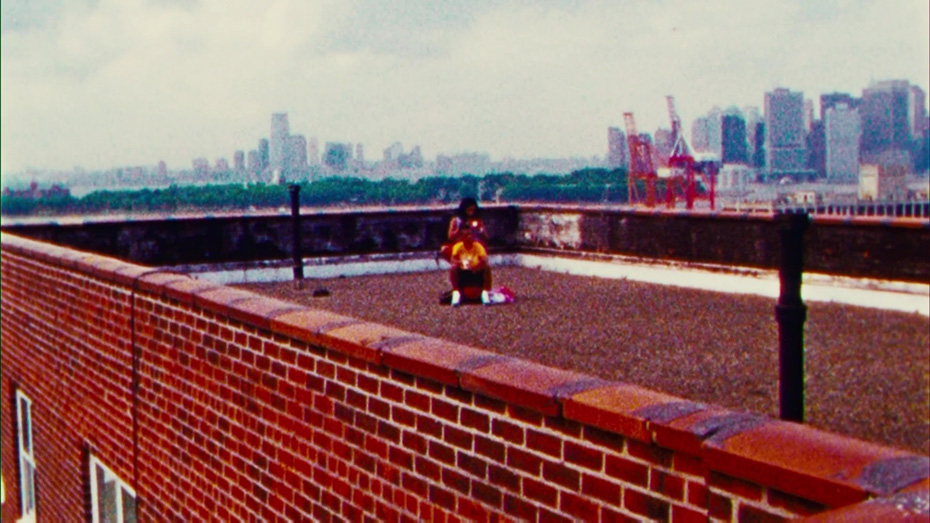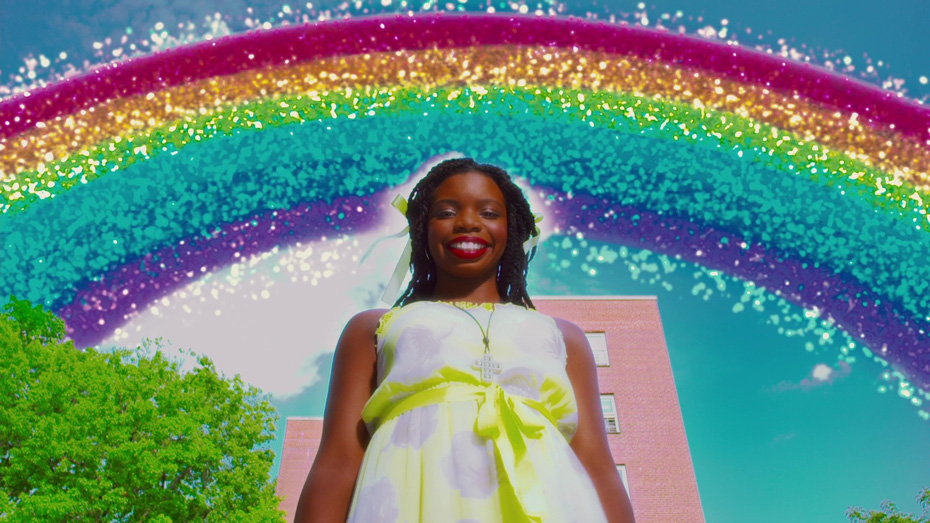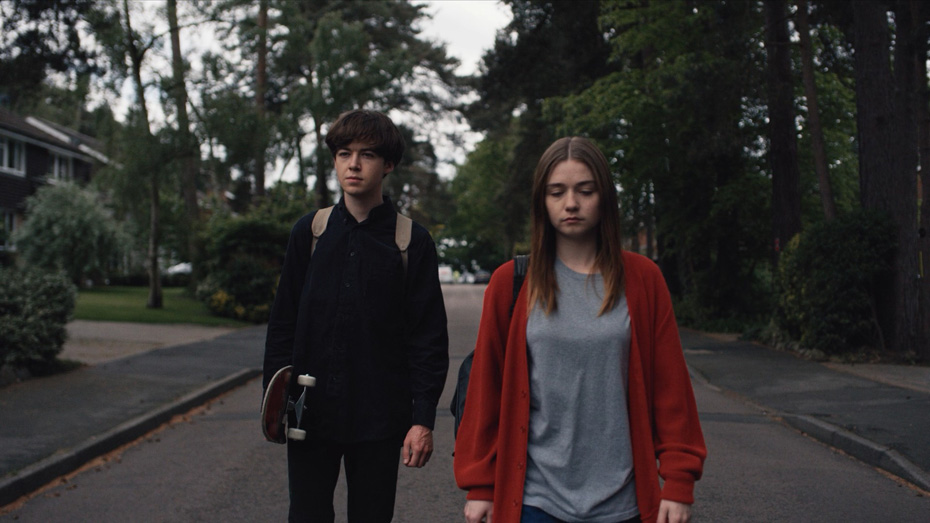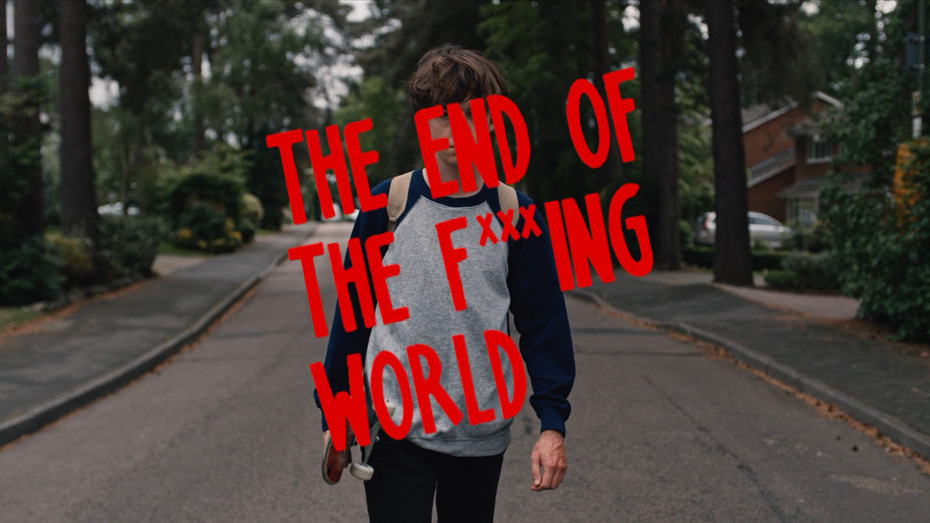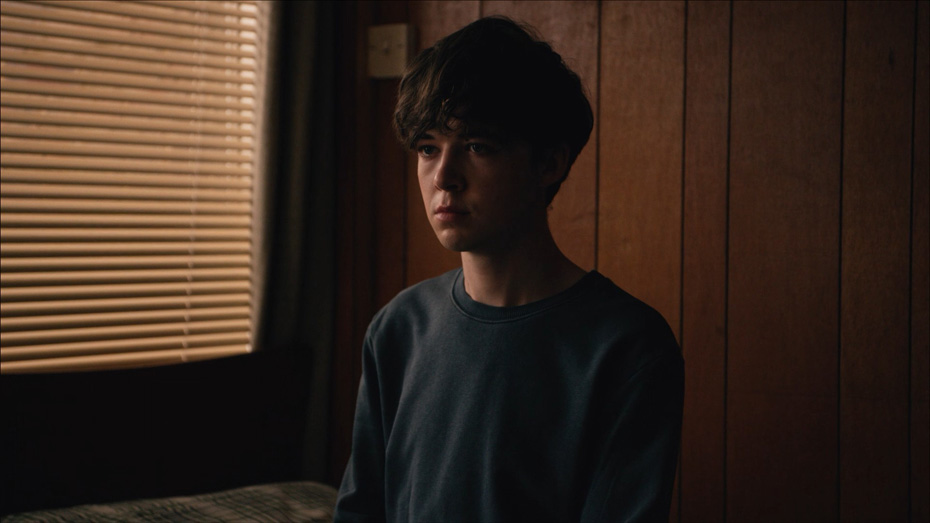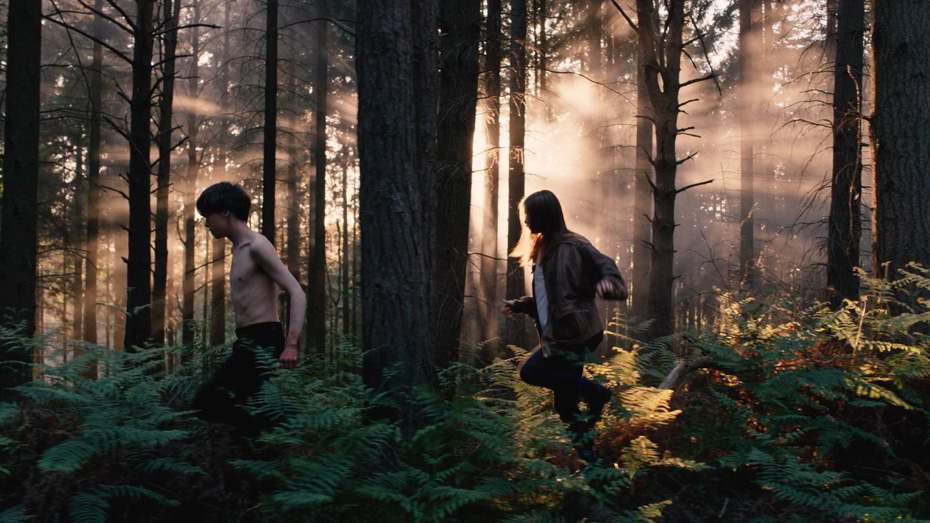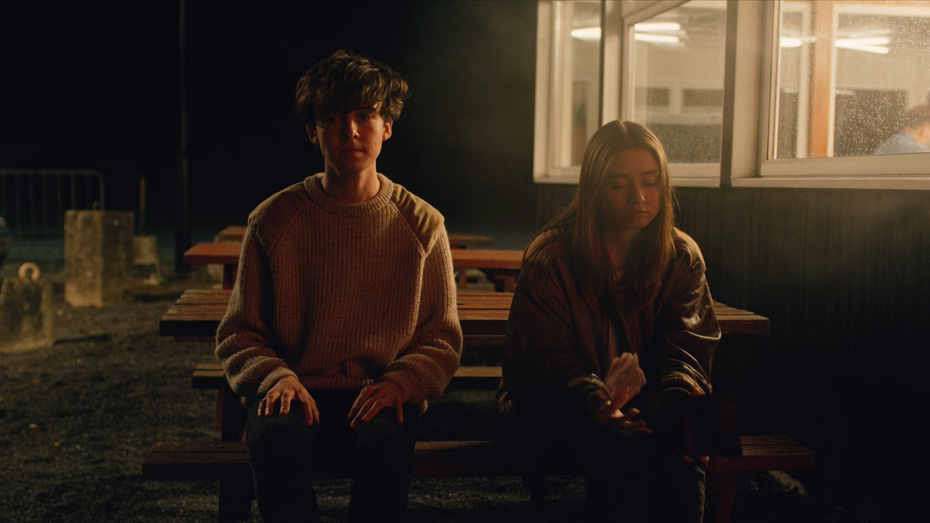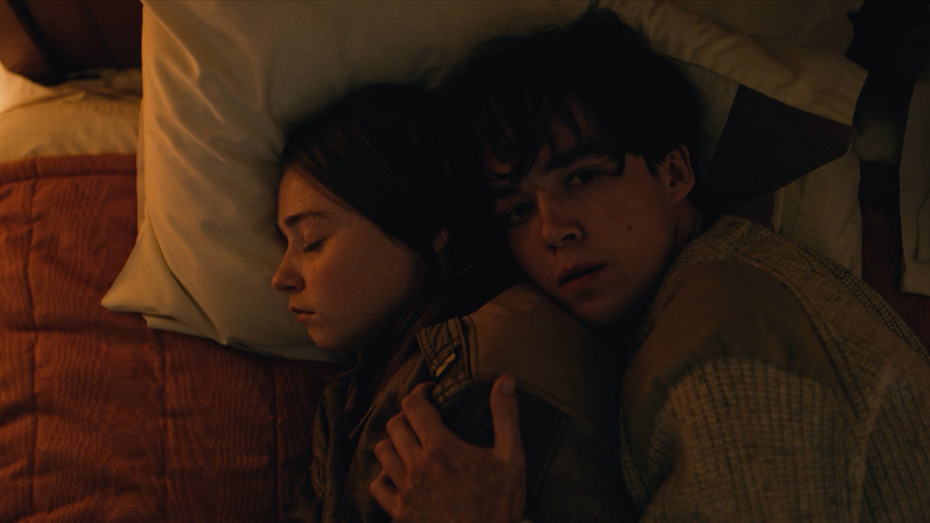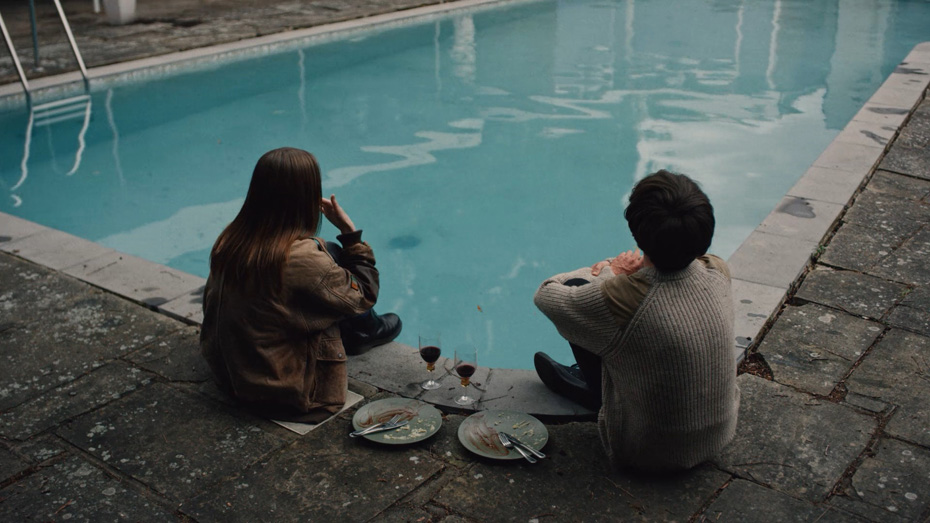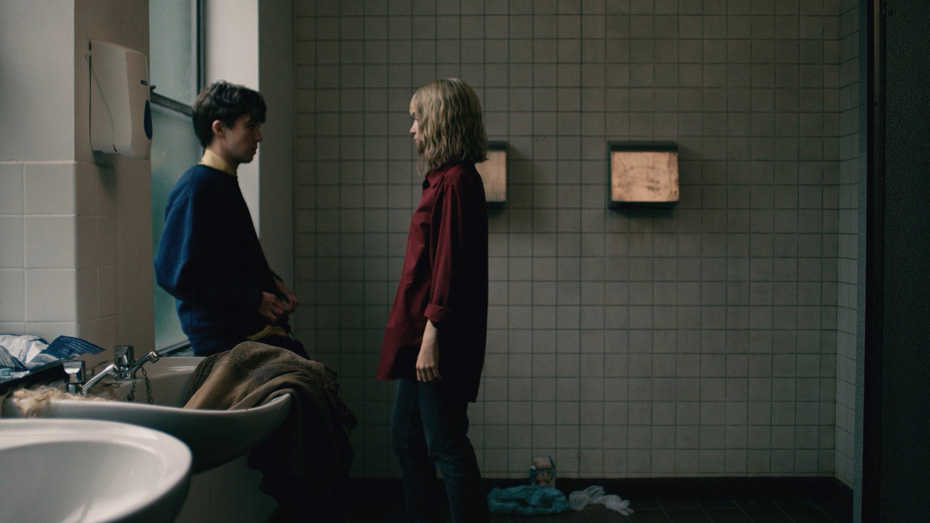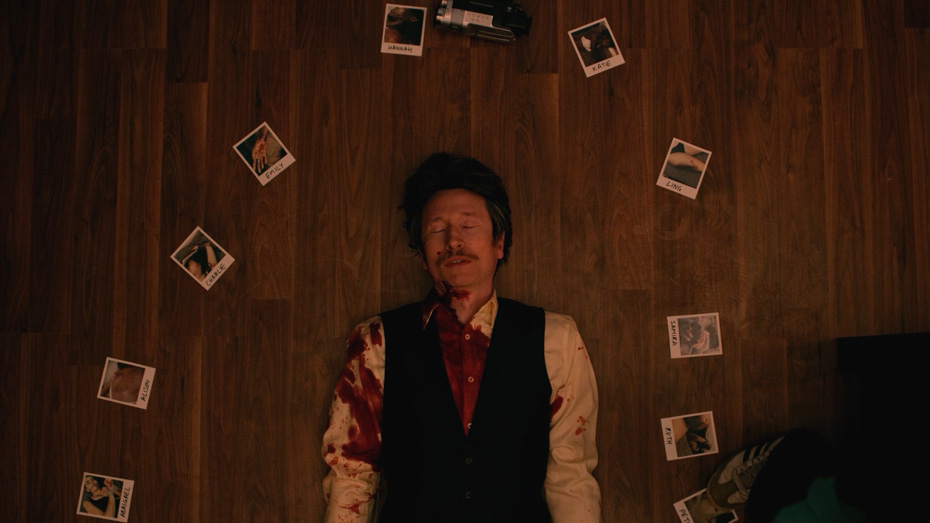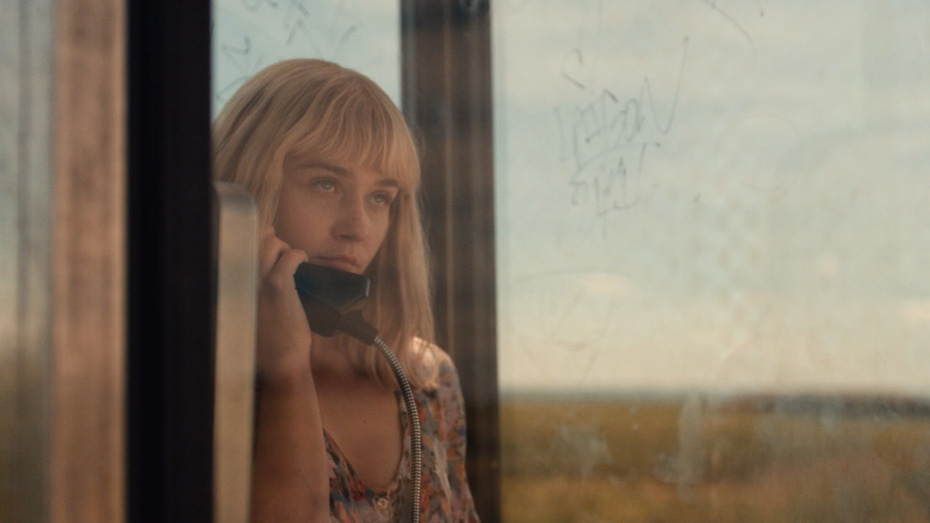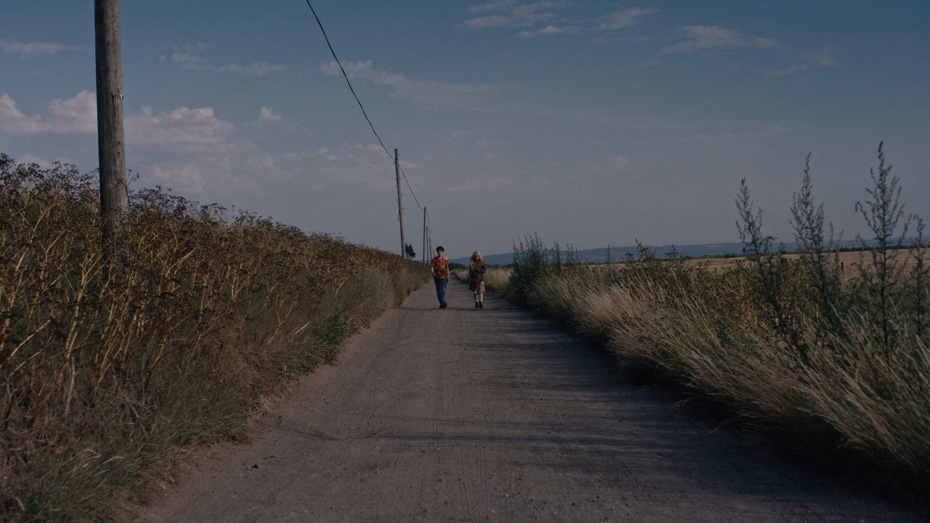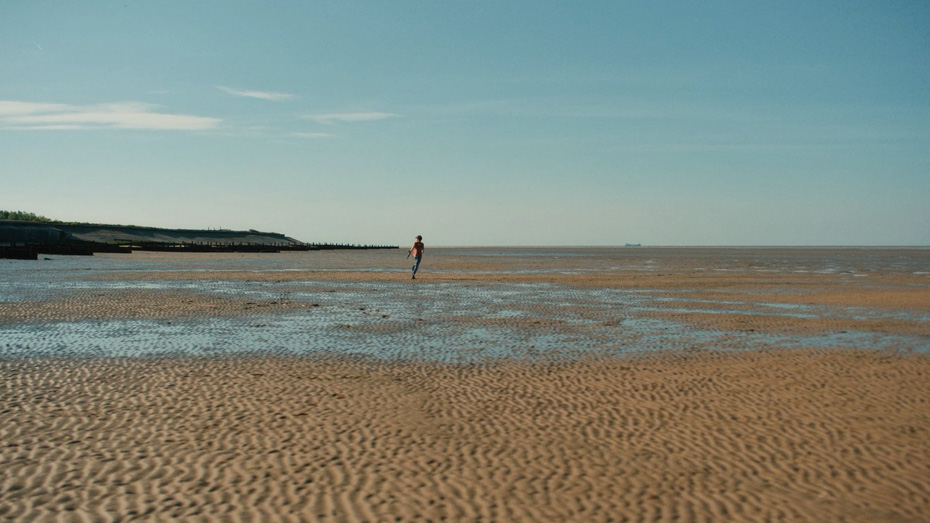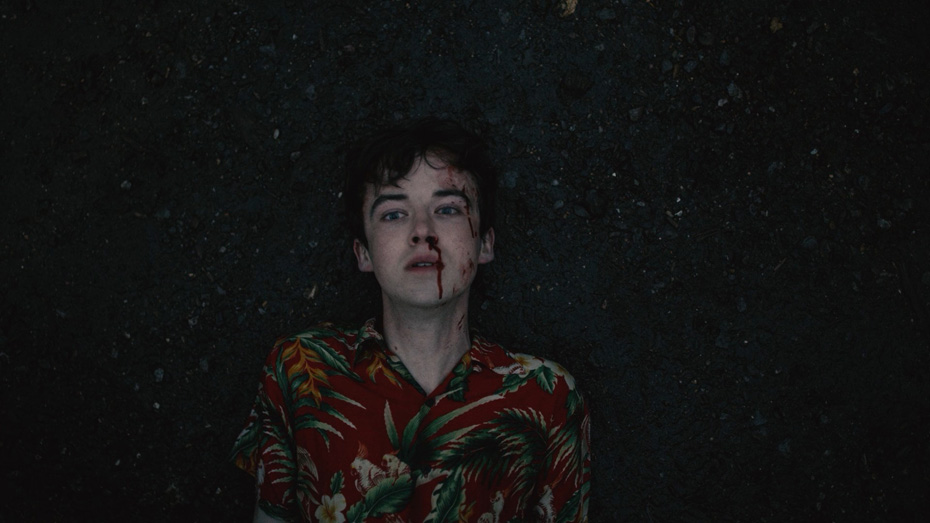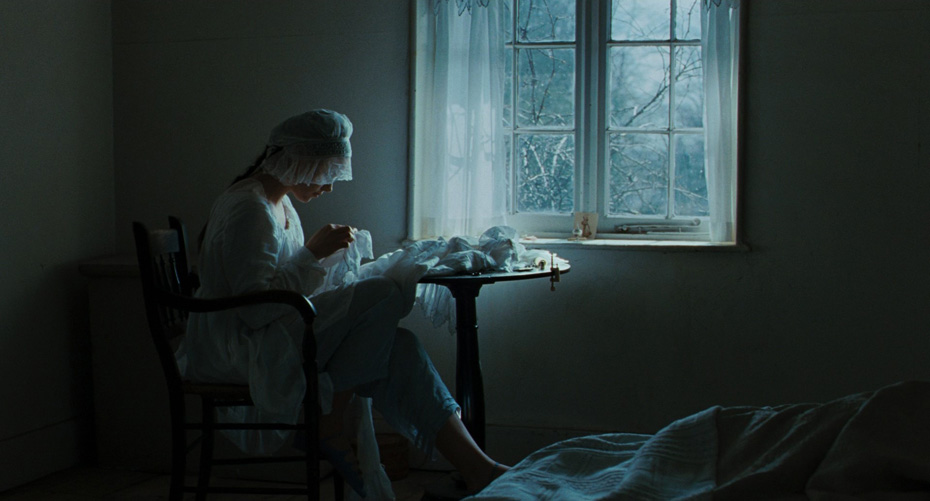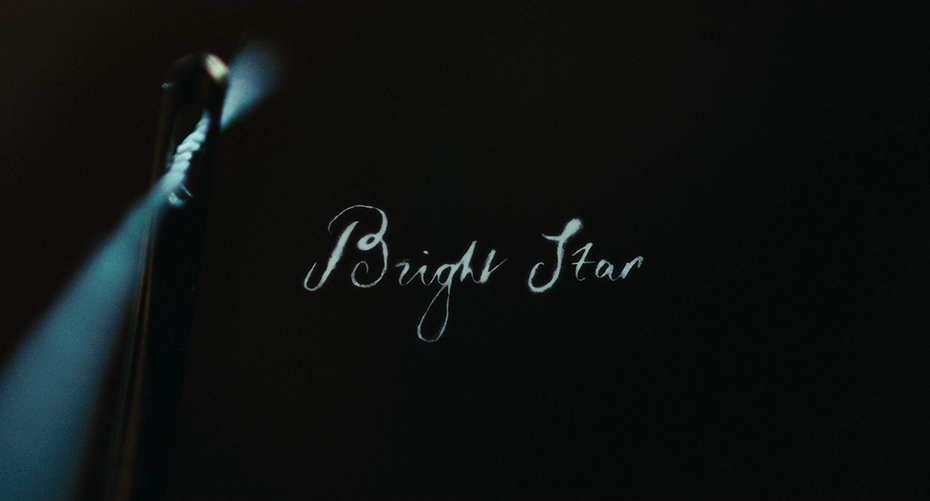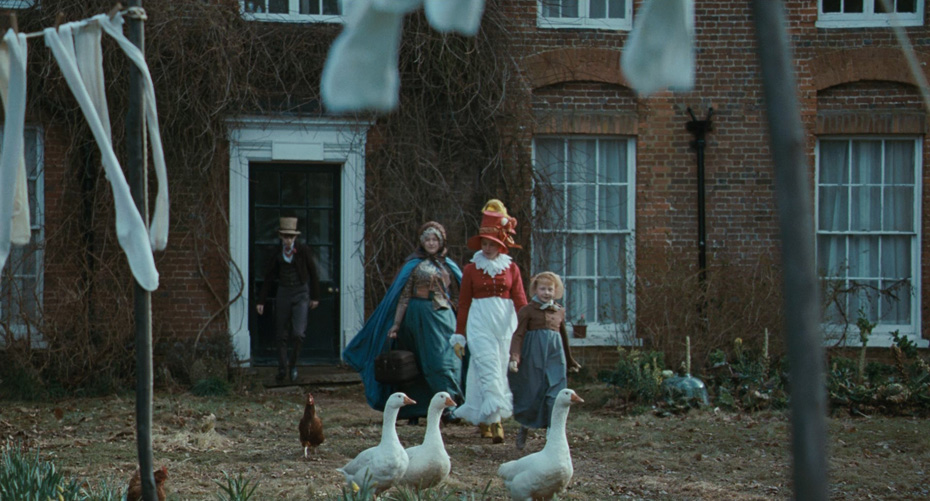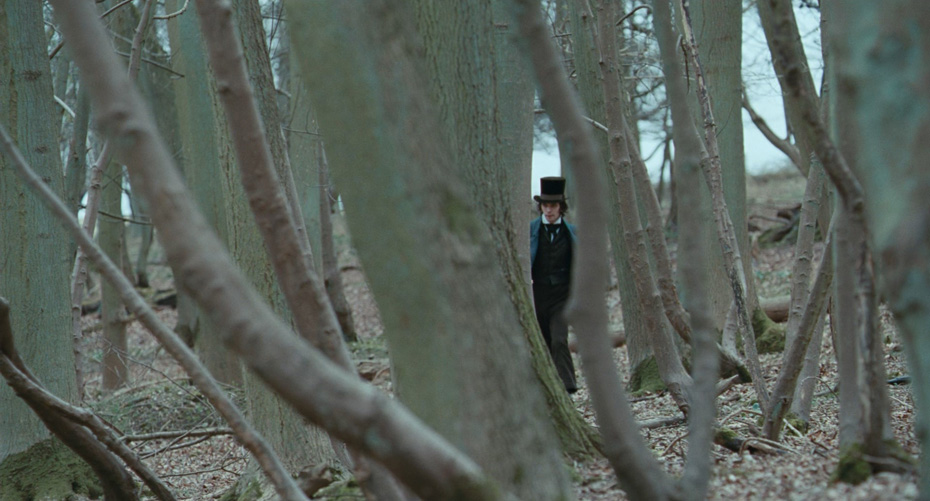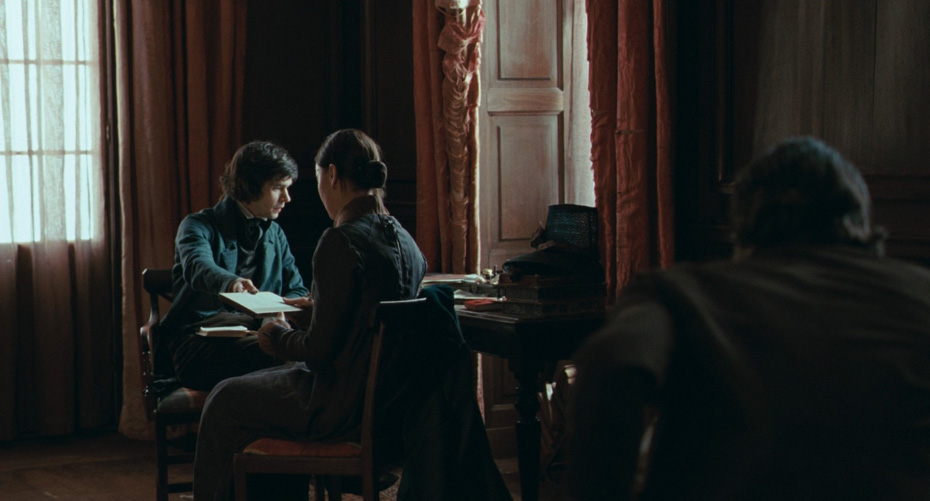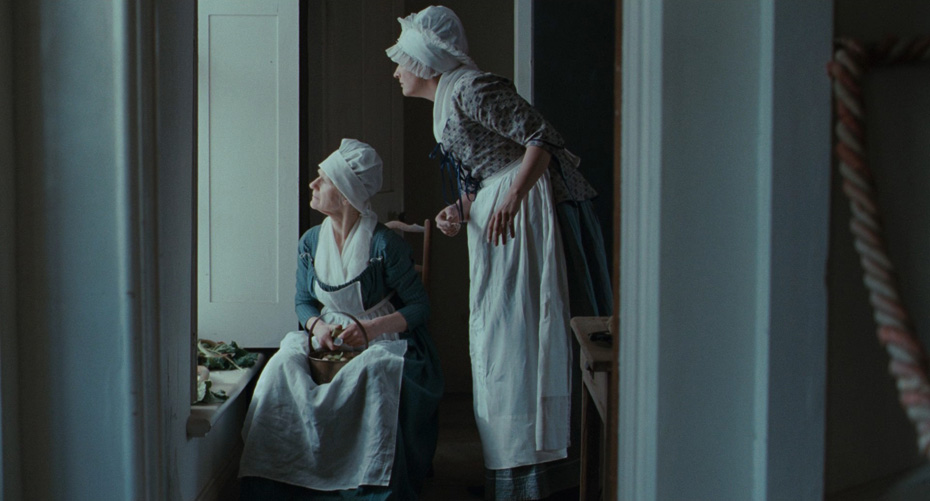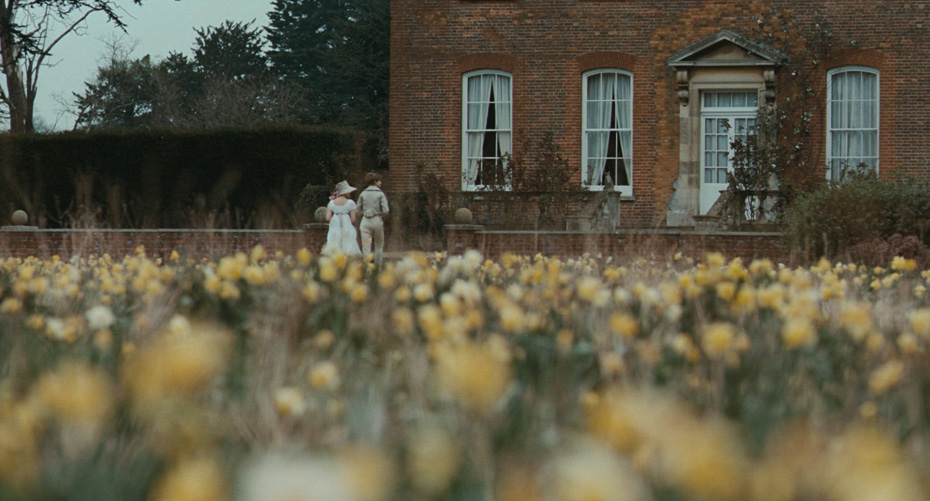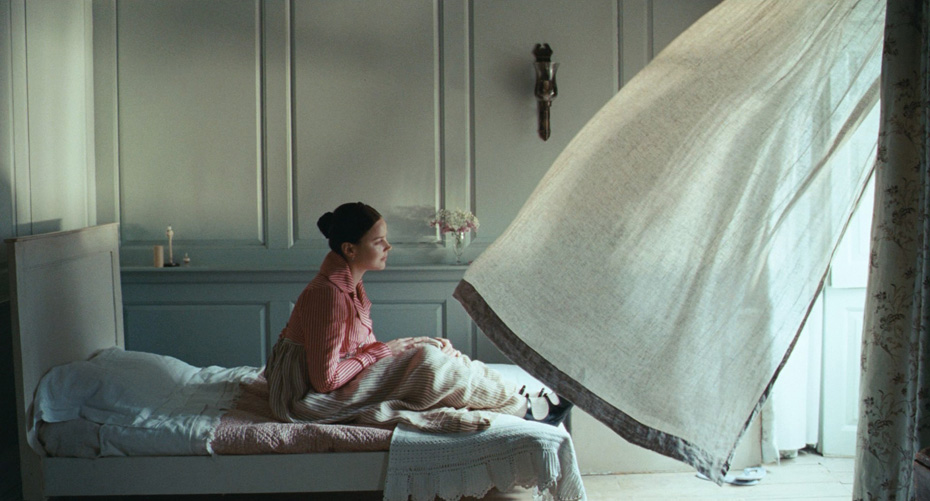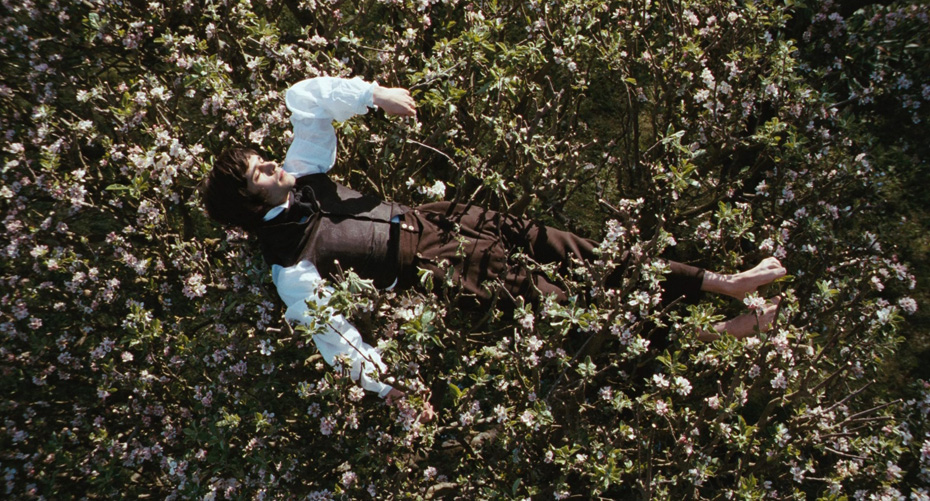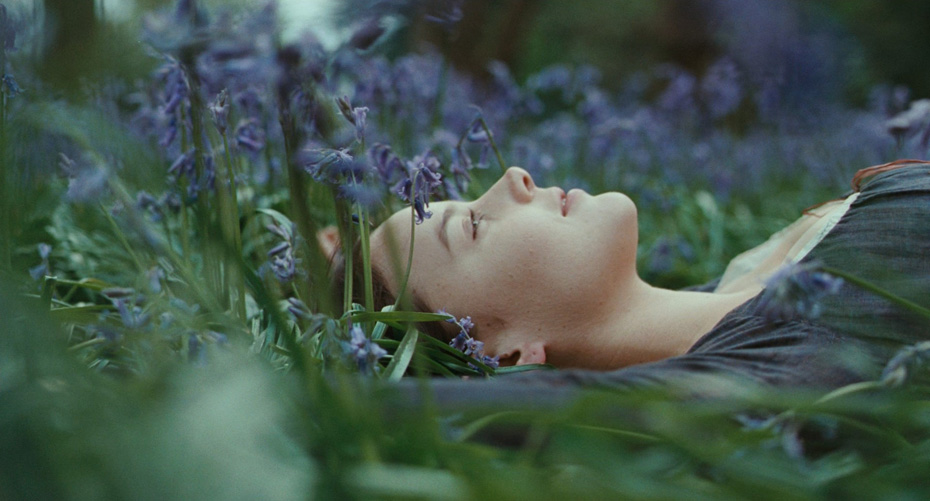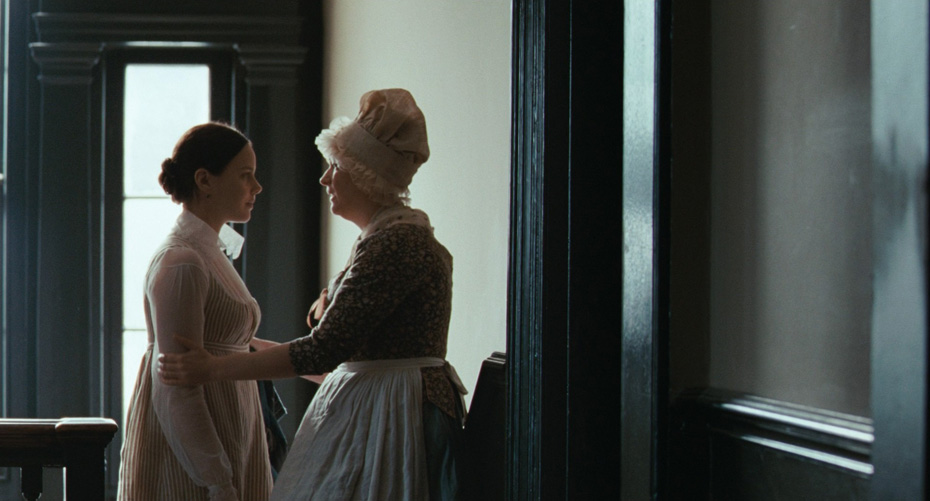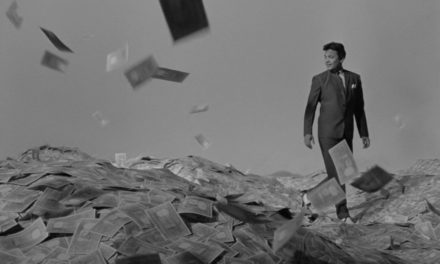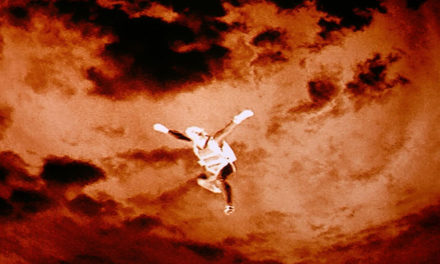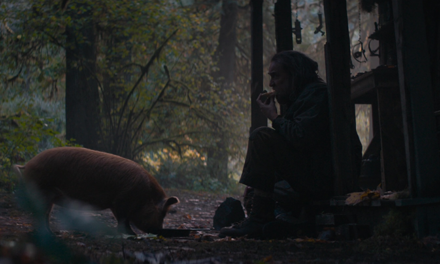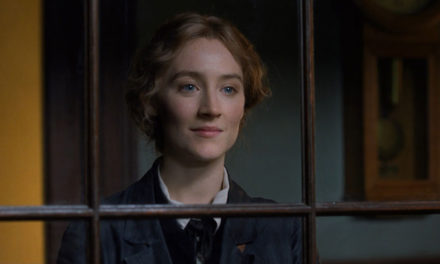THE TUESDAY DROP: 2600+ New Shots
08.16.22 Get your Decks ready ShotDeck Team! We’re adding 15 titles this week, including new shots from several Spike Lee Joint’s like Crooklyn, Jungle Fever, Miracle at St. Anna, and Do the Right Thing. Check them out below, and remember you can always request films for future drops by clicking here!
AFTER YANG (2022)
AFTER YANG is a 2021 American science fiction film written, directed and edited by Kogonada in his second feature directorial effort. The film is based on the short story Saying Goodbye to Yang by Alexander Weinstein, and stars Colin Farrell, Jodie Turner-Smith, Justin H. Min, Malea Emma Tjandrawidjaja, Sarita Choudhury and Haley Lu Richardson. It follows a family’s attempts to repair their daughter’s beloved companion – an android named Yang – after it malfunctions. After Yang premiered at the 2021 Cannes Film Festival before winning the Alfred P. Sloan Prize at the 2022 Sundance Film Festival. Kogonada worked on the film with Norwegian cinematographer Benjamin Loeb, who had previously worked on films such as Pieces of a Woman, Hello Destroyer and Mandy.
Kogonada and Loeb’s collaboration on After Yang began without a lot of film talk – the pair were much more focussed on their artistic outlooks and approaches, and on finding a common ground of how they wanted to work together. Influenced by Kogonada’s love of Yasujirō Ozu films and other films such as Tony Takitani and All About Lily Chou Chou, Kogonada and Loeb went into the shoot aiming to create a subtle and soft visual language that embraced absence, space, and its relationship to the characters and emotions at the heart of the film. Loeb shot the film on an Alexa Mini, using a detuned set of Panavision Primo lenses as well as a Pathe and a Canon 8-64 mm zoom lens, and worked with gaffer Andrew Hubbard to play with color contrast and separation in their lighting scheme, using tungsten units for direct sources and bouncing light using larger HMI lights. For the shots directly influenced by Ozu, where characters spoke directly into the lens even though they were speaking to another character, Loeb would put the camera inside a four by four box with tubes in it, allowing the light to leak into the lens in order to create a bit of haze and push those shots into an otherworldly territory.
DO THE RIGHT THING (1989)
Spike Lee’s 1989 masterpiece DO THE RIGHT THING explores a Bedford-Stuyvesant (Brookyln, New York) block’s simmering racial tension between its African-American and Italian-American residents on the hottest day of the summer. The film stars Lee, Danny Aiello, Ossie Davis, Ruby Dee, Richard Edson, Giancarlo Esposito, Bill Nunn, John Turturro, Samuel L. Jackson, Martin Lawrence and Rosie Perez. Lee had the title for the film in mind before coming up with the story. Do the Right Thing was nominated for Academy Awards in the Best Original Screenplay and Best Supporting Actor (Aiello) categories, and was added to the US National Film Registry by the Library of Congress in 1999. Today, it is considered one of the most important American films of the century. Lee worked on the film with longtime collaborator and American production designer Wynn Thomas. Thomas and Lee had previously collaborated on She’s Gotta Have It and School Daze.
Part of the challenge of designing Do The Right Thing was finding a block or series of blocks in Bed-Stuy that they could build Sal’s Pizzeria in, given that they would have to burn the place down at the end of the film. Thomas also had to build the Korean market directly opposite Sal’s, and Thomas wanted to build these two locations on a block that didn’t have many trees, given how much of the film was about the heat. Thomas went so far as to alter the street’s color scheme, painting vast areas of it red and orange to push the sense of heat visually (cinematographer Ernest Dickerson pushed this look even further by building a rig with heat bars positioned under the camera, creating a veil of heat waves in front of the lens that distorted the image to make some scenes look even hotter). Thomas designed the Pizzeria from scratch after studying Italian pizzerias across New York City to give the restaurant a sense of warmth and history, but it was located just four feet from the rest of the structure, meaning that it couldn’t be completely burned down during filming. Thomas saw the film as almost a stage play, with the characters sitting in front of the wall taking on the role of a Greek chorus, and he convinced Lee to push the design of the film towards its theatrical extremities as a way of conveying this tone to the audience.
JUNGLE FEVER (1991)
JUNGLE FEVER is a 1991 romantic drama produced, written and directed by Spike Lee. The film stars Wesley Snipes, Annabella Sciorra, Spike Lee, Ossie Davis, Ruby Dee, Samuel L. Jackson, Lonette McKee, John Turturro, Frank Vincent, and Halle Berry (in her feature film debut). Jungle Fever follows a Black architect named Flipper (Snipes) who starts an affair with his white secretary, Angie (Sciorra), and has to deal with the fallout among his wife, friends and family. The film premiered at the 1991 Cannes Film Festival, where it won a Special Mention prize and won the Best Supporting Actor award. Lee worked on the film with longtime collaborator and American costume designer Ruth Carter, who previously worked with Lee on School Daze, Do The Right Thing, and Mo’ Better Blues.
Carter wanted Flipper’s clothes to be reflective of his profession as an architect – a combination of artistry and technology, studying the ways that New York architects tend to have enough of a conservative edge in their fashion to work on Wall Street, but with a little bit of a creative edge which she chose to extend in Flipper’s wardrobe. Carter dressed Snipes in vibrant patterns with red, gold and bold patterns, including a glen plaid Giorgio Armani suit, a Gianni Versace sweater and a Isaac Mizrahi shirt and tie. By the time filming ended, Snipes bought all of Flipper’s clothes from Carter and the production.
CROOKLYN (1994)
CROOKLYN is a 1994 semi-autobiographical film produced and directed by Spike Lee, which he co-wrote with his sister Joie and brother Cinqué. The film is set in the Bedford-Stuyvesant neighborhood of Brooklyn, New York, during the summer of 1973, and follows grade-schooler Troy Carmichael (Zelda Harris) who is sent to her aunt’s home for a summer visit, and returns to learn that a member of her family is ill. The film also stars Alfre Woodard, Delroy Lindo, Spike Lee and RuPaul. Crooklyn premiered at the San Francisco International Film Festival and debuted at number three at the box office. Lee worked on the film with American video artist and cinematographer Arthur Jafa, who was best known at the time for his work on Daughters of the Dust.
Lee wanted the tone of Crooklyn to authentically capture his and his siblings’ experience of growing up in Brooklyn in the 1970s, seeking a warm-hearted touch that would put the audience into the shoes of Troy and the young characters as they experienced their childhoods. He and Jafa also wanted to distinguish the experiences of being in Brooklyn versus being in the South for both Troy and the audience in the film’s visual language. To do this, Jafa shot the Brooklyn scenes using spherical lenses, and the scenes in the South using anamorphic lenses without de-squeezing the image. The distorted image was designed to give the audience a sense of the alienation that Troy was feeling in her aunt’s place, giving the film a striking appearance that distinctly separates these movements of the story.
MIRACLE AT ST. ANNA (2008)
MIRACLE AT ST. ANNA is a 2008 American-Italian historical fiction war film directed by Spike Lee and written by James McBride, based on his 2003 novel of the same name. The film follows four soldiers in the US Army’s all-black division (played by Derek Luke, Michael Ealy, Laz Alonso and Omar Benson Miller) who become trapped behind enemy lines after one of them risks his life to save an Italian boy. The story is presented as a flashback as one of the survivors (Alonso) reflects on his experiences. Some of the events presented in the film, such as the Sant’Anna di Stazzema massacre, took place in real life and were included in the film. Miracle at St. Anna premiered at the 2008 Toronto International Film Festival. Lee worked on the film with American cinematographer Matthew Libatique, who had previously worked with Lee on She Hate Me and Inside Man. Libatique was also known at the time for his work on films such as Requiem for a Dream, The Fountain and Iron Man.
Libatique and Lee wanted Miracle at St. Anna to embrace the grittiness and danger of war, while also using the visual language to highlight the bravery of the soldiers and embrace the story’s magical realist moments. The film was shot largely on location, with many scenes shot in historical locations from World War 2 (including at the actual location of the Sant’Anna di Stazzema massacre). Libatique chose to light the film as practically as possible, relying on natural light for most of the exterior scenes, and using practical effects over visual effects for most of the stunt and action scenes. Libatique and Lee opted to shoot battle scenes handheld, following the action in long takes and living inside the action alongside the soldiers.
RED HOOK SUMMER (2012)
Spike Lee’s 2012 film RED HOOK SUMMER follows a well-to-do Atlanta teenager (Jules Brown) who documents a summer spent in the Brooklyn housing projects with his devout grandfather (Clarke Peters). The film is the sixth in Lee’s “Chronicles of Brooklyn” series following She’s Gotta Have It, Do the Right Thing, Crooklyn, Clockers and He Got Game, and also stars Nate Parker, Thomas Jefferson Byrd and Toni Lysaith. Lee also briefly appears in the film as Mookie, the lead character from his 1989 film Do the Right Thing, wearing his original “Sal’s Pizzeria” shirt. Red Hook Summer premiered at the 2012 Sundance Film Festival.
Lee wanted Red Hook Summer to be a film made “under the radar”, returning both in story and in filmmaking to the spirit of the early films of his career. He was so successful in this that many people in the area didn’t realize a movie was being made until after filming had already commenced. Red Hook Summer was shot entirely on location in Brooklyn, New York, within a 10 block radius over 18 days structured in three 6-day weeks. Lee financed the film itself, using a camera he bought himself and a crew partially made up of his students at New York University’s graduate film school.
THE END OF THE F***ING WORLD is a British dark comedy-drama television series based on Charles Forsman’s comic series of the same name, created by Jonathan Entwistle (Entwistle had originally made a short film inspired by the comic series). The series follows James (played by Alex Lawther), a 17-year old boy who believes himself to be a psychopath, and Alyssa (Jessica Barden), a classmate of James’s who wants to escape her tumultuous home life. The series appeared on Channel 4 in the UK and on Netflix internationally. The series also stars Gemma Whelan, Wunmi Mosaku, Christine Bottomley, and Navin Chowdhry. Season 1 of The End of the F***ing World premiered in 2017, and was colored by British colorist Toby Tomkins, co-founder of the studio Cheat. Tomkins worked with British cinematographer Justin Brown on the show.
One of the early stylistic choices that Entwistle and Brown made about the look of The End of the F***ing World was that they wanted the show to look ultra high resolution, choosing to shoot the show in 8K using a Red Weapon 8K S35 camera with a Helium sensor. With just 10 days to grade all the episodes of the season, Tomkins and Brown developed a 3D LUT that was used on set and as a base for the final look crafted in the DI. The pair wanted the show to have an Americana look that acted in contrast to the British weather and locations, as well as the dark story that the show was telling. Tomkins created a proprietary film emulation LUT that was brought into the Red Weapon, and used a Quad GPU Linux Resolve workstation with dual Xeon processors to handle the show’s processing requirements. While some shows and films pushed away from adding resolution to the image, Tomkins and Brown found that it allowed them to use post-shoot exposure and color temperature settings to photorealistically adjust and match shots, thereby spending more time on the fine details of the final color grade.
BRIGHT STAR (2009)
Jane Campion’s 2009 film BRIGHT STAR is a 2009 biographical romantic drama based on the last three years of the life of John Keats (Ben Whishaw) and his romantic relationship with Fanny Brawne (Abbie Cornish). Campion wrote the screenplay inspired by Andrew Motion’s 1997 biography of Keats. Bright Star references a sonnet by Keats, and premiered at the 2009 Cannes Film Festival, before being nominated for Best Costume Design at the Academy Awards. Campion worked on the film with Australian costume and production designer Janet Patterson. Patterson had previously worked as both production and / or costume designer on The Portrait of a Lady and The Piano.
Having worked with Campion for over 20 years when their collaboration on Bright Star began, neither felt a need to reinvent the wheel with their collaboration. Though serving as both the costume designer and the production designer was rare, Patterson was able to create a unified vision across both the costumes and the sets with Campion, working closely with art director David Hindless and costume assistant Deborah Scott. Patterson’s central challenge in dressing the actors and designing the space was portraying the journeys that each individual character went on while also conveying that they were part of the same whole. From a costuming perspective, the differing physicality of Whishaw and Cornish was a major challenge in accomplishing this, and Patterson’s costuming strategy became about making them look like they belonged together.

